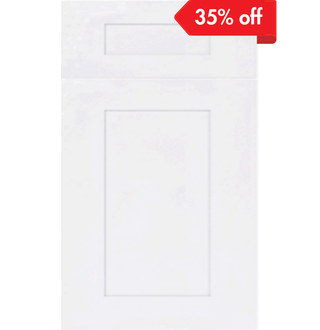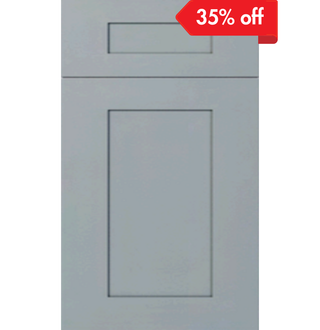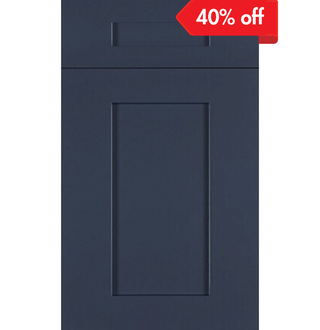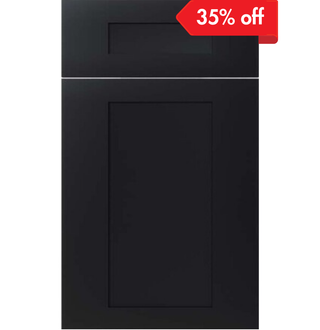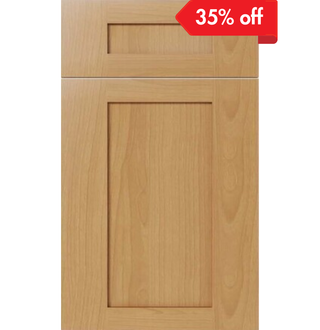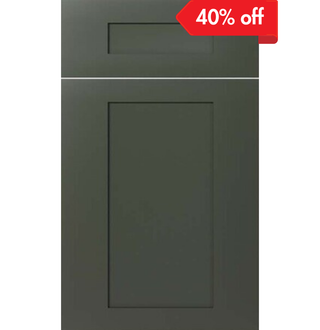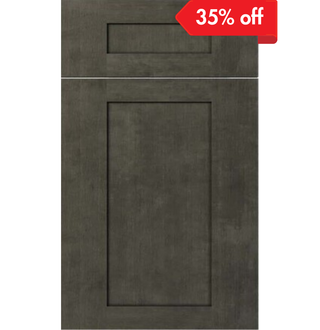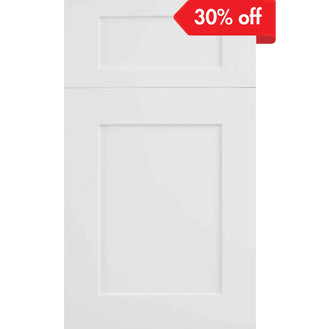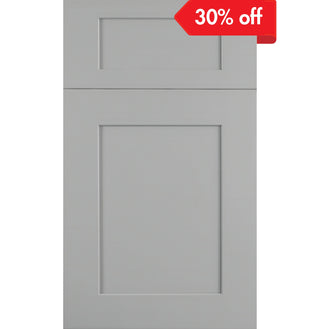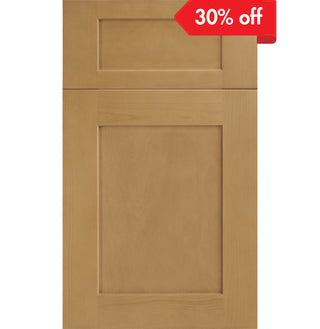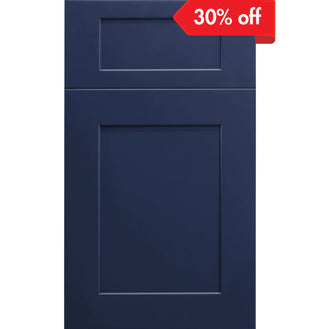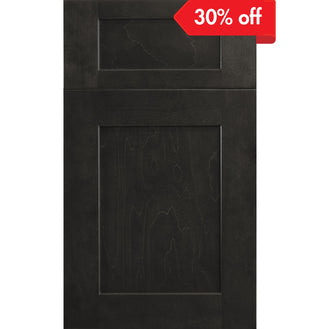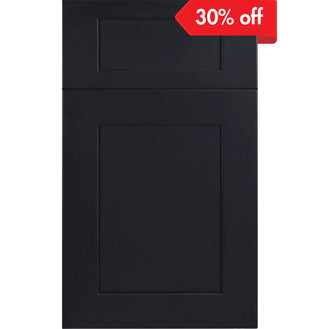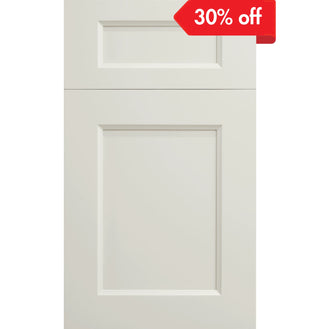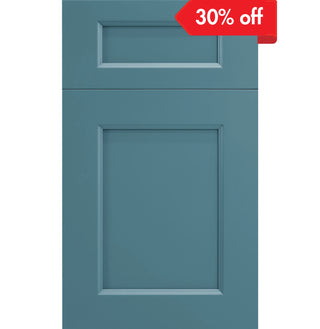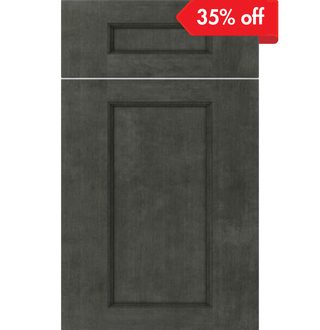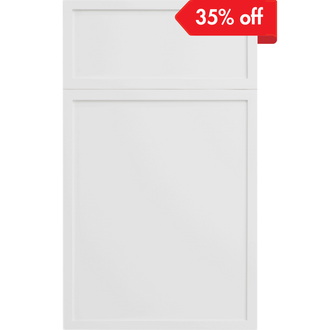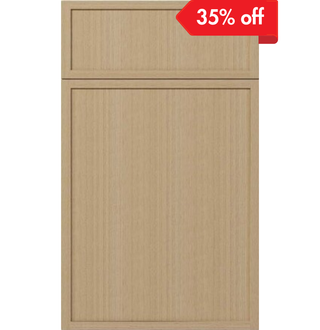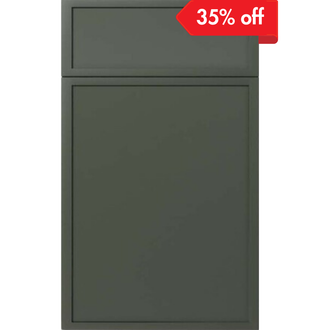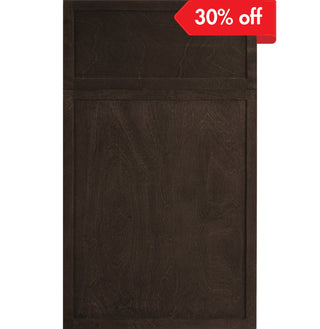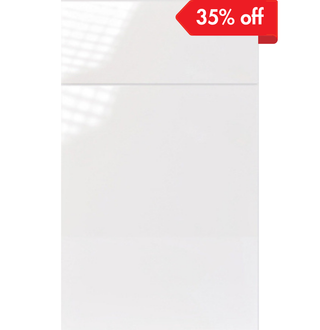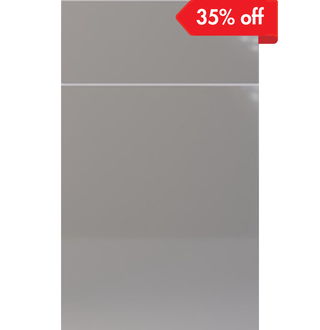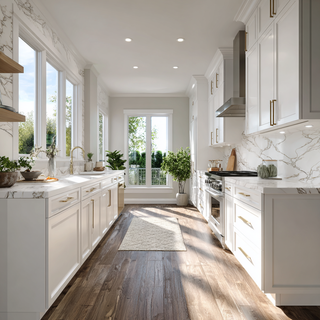There are not many more critical measurements to know when planning a kitchen than your maximum depth. It's one of those tiny little details that will make such a big difference in how functional your kitchen will be — and how lovely it will be. Too shallow and you're sacrificing storage; too deep and your kitchen will be gloomy. The trick is accessibility, space for the things that are important, and a tidy, balanced look to bring the whole room together.
Here in this article on the topic, we'll tell you how deep upper wall kitchen cabinets need to be, why, and when and how you'll need to deviate from that measurement, and help you decide on the perfect layout for aesthetics and storage.
1. Standard Depth of Uppers in the Kitchen
The majority of wall cabinets are 12 inches (30.5 cm) deep. It is the standard since it is the optimal compromise between accessibility and reach.
With 12 deep, there's an easy access to a storage in the back of the shelf without having to reach over the counter or hit your head. There's also ample space in the bottom for things such as coffee makers or toasters, without the cabinets being gigantic.
Depending on what you need, the following are also norm options:
-
12 inches (standard): Ideal size to use for dishes, cups, glass, and small pantry food storage.
-
15 inches: Additional space for more intrusive items, i.e., serving dishes or food storage containers.
-
18 inches: Usually in larger kitchens or over deeper counter tops (i.e., 30-inch counter tops).
-
24 inches: Not standard — usually for custom, pantries, or where there is ample depth in a wall.
2. Why Upper Cabinet Depth Is Important
Upper cabinet depth isn't something you consider in terms of how much space you'll have to fill — it's what will or won't destroy your entire kitchen experience. That small amount of space will make or break function and design.
-
Ergonomics: Shallower cabinets take away the luxury of being able to reach the back shelf if you are not a tall person. Shallower, and you lose out on space that is handy for placing large plates.
-
Countertop Clearing: Upper cabinets usually come 18 inches from the counter to clear so that work can be done and appliances can be there. Your top cabinets will cut into prep space or incrach on countertop lighting if they're deeper.
-
Visual Balance: Proportion is everything in modern kitchen design. Cabinets too deep over the counter top skew a kitchen in a room, a small one. Too shallow, and cabinets are possibly too light in a too-large kitchen.
Allow cabinet depth to be your "breathing room" in your design — the ideal size keeps your kitchen visually and aesthetically balanced.
3. Personal Depth Choices: Cabinets to Fit Your Lifestyle
Homeowners are no longer forced to accept cookie-cut appearances. Homeowners can gain custom depth based on the purpose and function of a kitchen by performing semi-custom or custom cabinetry.
The following are some of the instances in which out-of-the-box is optimal:
-
High-users: Stretching upper cabinet depths from 12'' to 15'' will be able to optimize upper wall heights without compromising accessibility.
-
For compact kitchens: 10'' or 11'' shallower cabinets will create cozy spaces with the sensation of open airy space.
-
For commercial cooking islands: 15''-18'' deeper cabinets provide more space for extra-large dishes, bulk storage, and oversized platters.
-
For hybrids on an open shelf: Some prefer 10''–12'' deep glass-fronted or open shelving for an ascetic appearance.
Various depths within the same wall are possible — i.e., deeper over range and refrigerator, shallower over prep area.
4. Selecting the Ideal Depth to Match Your Kitchen Style
Your cabinet depth choice should also be influenced by your kitchen's style and design. Note the following trendy design styles:
-
Modern & Minimalist Kitchens
More open with less lines are such designs. Frameless cabinets, i.e., PET or laminates finishes, can be combined with 10–12 inch deep top cabinets with a floating modern appearance.
-
Classic Shaker Kitchens
12-inch depth White Cabinets, Green Cabinets and Blue Cabinets bring class and function to the classic kitchen. Solid frame and inset doors are particularly heavy for impact and, together with natural stone backsplashes, can't be beat.
-
Farmhouse & Rustic Appearance
Deep units (15 inches deep and wider) hold pottery, antique china, and glass jars. Warm stain colors like honey oak or chestnut brown bring about a warm, classic appearance.
-
Transitional Kitchens
Transitional kitchens between tradition and modern minimalism prefer to utilize more than one cabinet height to build texture and contrast — like using shallow uppers over windows and deeper ones over appliances.
Whatever your requirement, HomeCabinets also stocks RTA uppers in different depths, finishes, and colors.
5. Function and Storage: Optimal Use of Cabinet Depth
Your maximum depth in hand, think about how you're going to optimize it with use. What you're looking for is as much organization as possible so all inchage is being put to use.
Some design considerations:
-
Install wall-shelves — they provide you with the ability to adjust interior height up and down to accommodate over-sized glasses or tiny spice jars.
-
Install under-cabinet lighting to direct bright light downwards onto the countertops and prevent the top cabinets from casting a shadow.
-
Install vertical dividers in the tall cabinets to store trays, sheet pans, or cutting boards.
-
Combine with pull-down shelves or stack shelves for top cabinets at or slightly below shoulder level.
For the shallow ones, simply keep whatever is in them sorted by category — a coffee mug one, a bowls one — so that it would not get mixed up. For the deeper ones, place the less used at the back and the more used ones in front.
6. Appliance and Architectural Depth Considerations
Your wall cabinets will not stand alone. Their depth will conflict with appliances, window sills, and ceiling height — all of which must be considerations in your decision.
• Over Refrigerators
Upper cabinets over refrigerators are installed deeper — 15–24 inches — to wrap the front of the appliance in sharp built-in appearance.
• Be Near Range Hoods
Side cabinets to a range hood will typically be the 12-inch depth but can be reduced vertically to accommodate ventilation.
• For Galley or Small Kitchens
Shallow uppers in the small kitchen can also help to open up the kitchen and make it feel less claustrophobic. 10–11-inch cabinets and open shelving to provide a less claustrophobic feeling can be tried out.
• For High Ceilings
If you are blessed with over a 9-foot ceiling, you can "stack" the cabinets — standard-depth lower uppers and shallow upper display cabinets. Glass doors or lighting still provide designer appearance and height.
All our RTA Cabinets lines have styles specifically designed to meet these architectural needs, both in terms of appearance as well as easy installation.
7. Proportion and Style: Upper and Lower Cabinet Balance
Proportion is also okay, in cabinets. Uppers do not necessarily, by convention, need to match the width of your base cabinets' depth, likely 24 inches deep.
Refined rule of thumb:
-
With standard 24-inch base cabinets, 12-inch uppers are proportional.
-
If your counters are thicker (i.e., island or peninsula kitchens), balance with 15-inch uppers.
Light valances or crown molding between upper cabinets and ceiling are less jarring transitions that help create a sense of finiteness in rooms with high ceilings.
Shallower depths look neater in appearance if you happen to have glass-fronted or display cabinets — dishes and treasures are showcased without bulk.
8. Material and Finish Considerations
Alter cabinet material and finish and you'll indirectly influence the sense of depth.
A change in cabinet finish or material can have an indirect effect on the appearance of depth.
-
Gloss finishes (e.g., acrylic or PET) will reflect the light, and this will lighten the cabinet, make it wider and deeper.
-
Matt finishes (e.g., laminate or painted Shaker) will absorb light, and this will draw the area downwards.
-
Wood veneers (e.g., stained oak or walnut) will introduce depth and texture to counteract bulbous proportions.
9. RTA Flexibility and Custom Features
One of HomeCabinets' best advantages of RTA (Ready-to-Assemble) cabinetry is versatility. Mix and match depth and width mix-and-match capability into your design — for a fraction of the cost of full custom cabinetry.
Our Free Cabinet Design Services enables you to visualize your proportions in advance so that cabinet depth is harmonious with your workflow and your style.
10. Conclusion: Your Ideal Cabinet Depth
Your "ideal" upper cabinet depth, of course, is yours to decide upon your kitchen size, your application, and your vision.
If your kitchen area is limited, then 12-inch regular depth would be best to accommodate all your requirements without suffocation. In large kitchens, up to 24 inches would be fabulous storage and a treat.
No matter which style you prefer, keep in mind that function and comfort are as much an asset as style. Your kitchen also needs to be functional — a pleasure to cook in, with everything at your fingertips, nothing piled on top of something else, and all of your cabinets doing their job for you.


